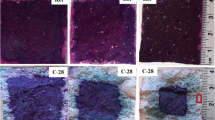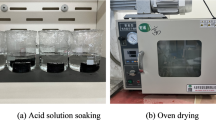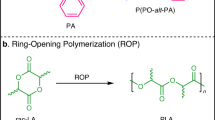Abstract
IN some work shortly to be published, we have shown that the racemisation of Rochelle salt by caustic soda is accompanied, and probably conditioned, by complex formation. It was previously observed by Thomsen,1 and confirmed by Winther 2 and by ourselves, that the rotation of sodium tartrate is reduced by the addition of alkali. We have, therefore, in continuation of our work on racemisation, investigated the behaviour of the specific rotation of Rochelle salt with increasing concentrations of alkali, and we find that the specific rotation of Rochelle salt eventually becomes strongly negative. In other words, the complex is itself lævo-rotatory, and the progressive reduction in the rotation is due to increasing formation of complex with addition of alkali. The rotation changes sign at an alkali concentration of 10 N caustic soda (approx.). It should be stressed that these changes of rotation are prior to any racemisation, in the ordinary sense of the term, the rotations being quite stable in the strongest alkali, provided the solutions are kept at room temperature.
This is a preview of subscription content, access via your institution
Access options
Subscribe to this journal
Receive 51 print issues and online access
$199.00 per year
only $3.90 per issue
Buy this article
- Purchase on SpringerLink
- Instant access to full article PDF
Prices may be subject to local taxes which are calculated during checkout
Similar content being viewed by others
References
J. prakt. Chemie (2), 34, 83.
Z. physik. Chem., 56, 465; 1906
Author information
Authors and Affiliations
Rights and permissions
About this article
Cite this article
CAMPBELL, A., CAMPBELL, A. Mechanism of Racemisation. Nature 129, 281 (1932). https://doi.org/10.1038/129281a0
Issue date:
DOI: https://doi.org/10.1038/129281a0



